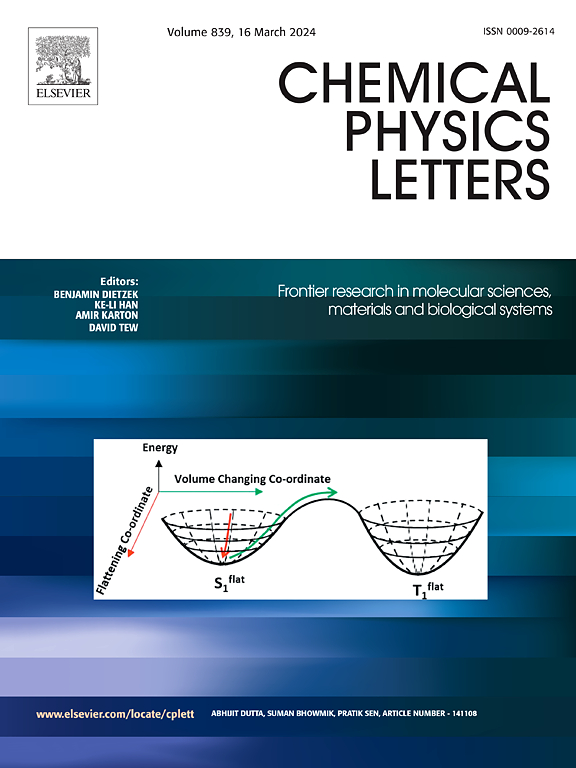Preparation of self-supported TiO2/WO3@W electrode with a nanostructure and its photoelectrocatalytic performance
IF 3.1
3区 化学
Q3 CHEMISTRY, PHYSICAL
引用次数: 0
Abstract
Self-supported TiO2/WO3@W electrode with a nanostructure was prepared via an electrochemical anodic oxidation method. Innovatively, natural sunlight was introduced through optical fibers to drive its photoelectrocatalytic (PEC) degradation for methyl orange (MO). The results show that it can achieve a degradation percentage of 86.73 % and rate constant of 0.00571 min−1 within 360 min. This enhancement can be attributed to the following aspects: its PEC active film grows directly on tungsten conductive substrate to reduce the resistance of charge carrier transportation and improve the binding force between the active film and conductive substrate; the TiO2/WO3 heterojunction increases the separation and migration efficiency of photogenerated carriers and narrows its bandgap to 2.53 eV; the nanostructure and mesoporosity of the active film expose fruitful active sites for photoelectrocatalysis. Notably, this self-supported electrode with a nanostructure eliminates a mass loss during the PEC process in an aqueous solution, thus significantly improve the stability and recyclability of nanopowder photocatalyst.

纳米结构自负载TiO2/WO3@W电极的制备及其光电催化性能
采用电化学阳极氧化法制备了纳米结构的自支撑TiO2/WO3@W电极。创新的是,通过光纤引入自然光来驱动其光电催化(PEC)降解甲基橙(MO)。结果表明,该材料在360 min内降解率可达86.73%,降解速率常数为0.00571 min−1。这主要归功于:其PEC活性膜直接生长在钨导电衬底上,降低了载流子输运阻力,提高了活性膜与导电衬底之间的结合力;TiO2/WO3异质结提高了光生载流子的分离和迁移效率,并将其带隙缩小到2.53 eV;活性膜的纳米结构和介孔性为光电催化提供了丰富的活性位点。值得注意的是,这种具有纳米结构的自支撑电极消除了水溶液中PEC过程中的质量损失,从而显著提高了纳米粉末光催化剂的稳定性和可回收性。
本文章由计算机程序翻译,如有差异,请以英文原文为准。
求助全文
约1分钟内获得全文
求助全文
来源期刊

Chemical Physics Letters
化学-物理:原子、分子和化学物理
CiteScore
5.70
自引率
3.60%
发文量
798
审稿时长
33 days
期刊介绍:
Chemical Physics Letters has an open access mirror journal, Chemical Physics Letters: X, sharing the same aims and scope, editorial team, submission system and rigorous peer review.
Chemical Physics Letters publishes brief reports on molecules, interfaces, condensed phases, nanomaterials and nanostructures, polymers, biomolecular systems, and energy conversion and storage.
Criteria for publication are quality, urgency and impact. Further, experimental results reported in the journal have direct relevance for theory, and theoretical developments or non-routine computations relate directly to experiment. Manuscripts must satisfy these criteria and should not be minor extensions of previous work.
 求助内容:
求助内容: 应助结果提醒方式:
应助结果提醒方式:


